Table of Contents
Compound adjectives are two or more words combined to describe a noun, often linked by a hyphen, such as well-known” or blue-eyed. These adjectives provide more precise and detailed information about the noun.
For instance, a well-written essay conveys a higher quality than a written one. Proper use of compound adjectives enhances clarity and precision in English communication.
What Are Compound Adjectives?
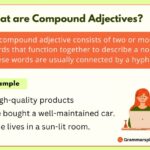
A compound adjective consists of two or more words that function together to describe a noun. These words are usually connected by a hyphen and work as a single unit to modify a noun.
Example words:
well-known
six-year-old
high-quality
open-minded
Usage of Compound Adjectives
Using compound adjectives correctly can improve your writing and speaking skills. Here are some key points to keep in mind:
1. Placing Compound Adjectives Before a Noun
Most compound adjectives are placed before the noun they describe.
- He bought a well-maintained car.
(Well-maintained describes the condition of the car.)
2. Avoid Overuse
While compound adjectives add clarity, using too many can make sentences difficult to read.
- Overuse: He wrote a long-winded, overly complicated, poorly structured report.
- Balanced: He wrote a poorly structured report.
3. Combining Nouns with Adjectives
You can create compound adjectives by combining an adjective and a noun.
- She lives in a sun-lit room. (Sun-lit describes a room brightened by sunlight.)
4. Proper Hyphen Use
A hyphen is necessary when a compound adjective appears before the noun but is removed when it comes after the noun.
- Before the noun: It was a well-thought-out plan.
- After the noun: The plan was well thought out.
Types Of Compound Adjectives
Compound adjectives can be categorized based on their structure and the types of words they combine. Here are the main types:
Adjective + Noun Compound Adjectives:
These are formed by combining an adjective and a noun. The adjective describes the quality of the noun. These compounds are usually hyphenated when used before a noun.
- She gave a high-quality performance.
- He has a full-time job.
- She likes to wear old-fashioned dresses.
Noun + Noun Compound Adjectives:
This type of compound adjective combines two nouns to describe a quality of a noun. The first noun usually modifies the second noun.
- She brought a bouquet of sunflower seeds.
- He bought a new toothpaste flavor.
- They have a stylish coffee-table book.
Adjective + Past Participle Compound Adjectives:
This type combines an adjective and a past participle to describe a noun. The past participle usually indicates the state or condition of the noun.
- He is a well-known actor.
- The crime was committed by a cold-blooded killer.
- She was broken-hearted after the breakup.
Adverb + Adjective Compound Adjectives:
An adverb modifies an adjective in this type of compound. The adverb usually intensifies or modifies the adjective.
- She is a highly respected scientist.
- Their farewell was a bitter-sweet moment.
- He’s a bad-tempered person.
Noun + Verb Compound Adjectives:
In this case, a noun and a verb combine to form a compound adjective. The verb typically describes an action related to the noun.
- They had a job-related discussion.
- She is a goal-oriented individual.
- It was a time-consuming project.
Adjective + Adjective Compound Adjectives:
Two adjectives are joined to form a compound adjective that modifies a noun. These adjectives are often linked by a hyphen.
- He is a dark-haired man.
- She is always well-dressed.
- The red-hot stove was dangerous.
Simple-Word Adjective vs. Compound Adjective
The main difference between a single-word adjective and a compound adjective is the level of detail.
Simple-Word Adjective
A simple-word adjective is a single word that modifies or describes a noun, giving basic information about qualities such as size, color, shape, or emotion.
These adjectives provide straightforward descriptions without the need for hyphens or combinations of words.
- Big: Describes something of large size.
- Blue: Refers to the color blue.
- Happy: Indicates a feeling of joy or contentment.
- Fast: Describes high speed.
- Old: Refers to age or something that has existed for a long time.
Compound Adjective
A compound adjective is made up of two or more words that function together as a single adjective to describe a noun.
These words are often connected by a hyphen when placed before the noun to clarify that they work as a unit. Compound adjectives add specificity and detail to the description.
- Widely recognized or famous. He is a well-known author.
- Very fast They took a high-speed train.
- Contains no sugar. He prefers sugar-free drinks.
- Rated at the highest quality. They stayed at a five-star hotel.
- He was enduring for a long time. She bought a long-lasting lipstick.
Compound Adjectives Examples
- The well-known author signed books for fans.
- He wore a high-speed racing suit during the competition.
- They enjoyed a sugar-free dessert after dinner.
- The five-star hotel offered luxury services.
- She bought a long-lasting lipstick that stayed on all day.
- The old-fashioned lamp brightened up the room.
- He has a full-time job as a teacher.
- The time-consuming task took longer than expected.
- They stayed at a dog-friendly hotel during their vacation.
- He lives in a two-story house in the city.
Rules To Keep In Mind
While using compound adjectives is relatively simple, there are a few rules to keep in mind:
Hyphenation:
When two or more words work together to modify a noun, they should be hyphenated to avoid confusion.
- She gave a well-prepared presentation.
Adjective Order:
Compound adjectives usually follow the standard adjective order: opinion, size, age, shape, color, origin, material, and purpose.
- She bought a small, round-shaped table.
No Hyphen When After the Noun:
When a compound adjective comes after the noun, the hyphen is usually not needed.
- The job was part-time.
No hyphen because the adjective comes after the noun.
Avoid Hyphenation After Adverbs Ending in -ly:
When an adverb ending in -ly is used with an adjective to form a compound, do not hyphenate.
- She is a highly respected teacher.
FAQS for Compound Adjectives
What is compound adjective and examples?
A compound adjective is formed by combining two or more words to describe a noun.
Examples:
A well-known author.
A high-quality product.
A full-time job.
A five-star hotel.
What are the 10 examples of compound words?
Some common examples include notebook, sunflower, toothpaste, raincoat, basketball, moonlight, firefighter, classroom, snowflake, and handshake. These words combine different meanings to form a single concept used in everyday language.
What is the compound adjective of short?
A compound adjective using “short” includes words like short-tempered, short-sleeved, short-term, and short-handed. These adjectives describe nouns by combining “short” with another word to give a specific meaning.
Types of Compound Adjectives
Compound adjectives can be categorized into different types based on their structure: Hyphenated (e.g., well-known, short-tempered), Open (e.g., high school graduate, living room decor), and Closed (e.g., evergreen, worldwide). These adjectives modify nouns by combining two or more words to create a specific meaning.
You May Also Like


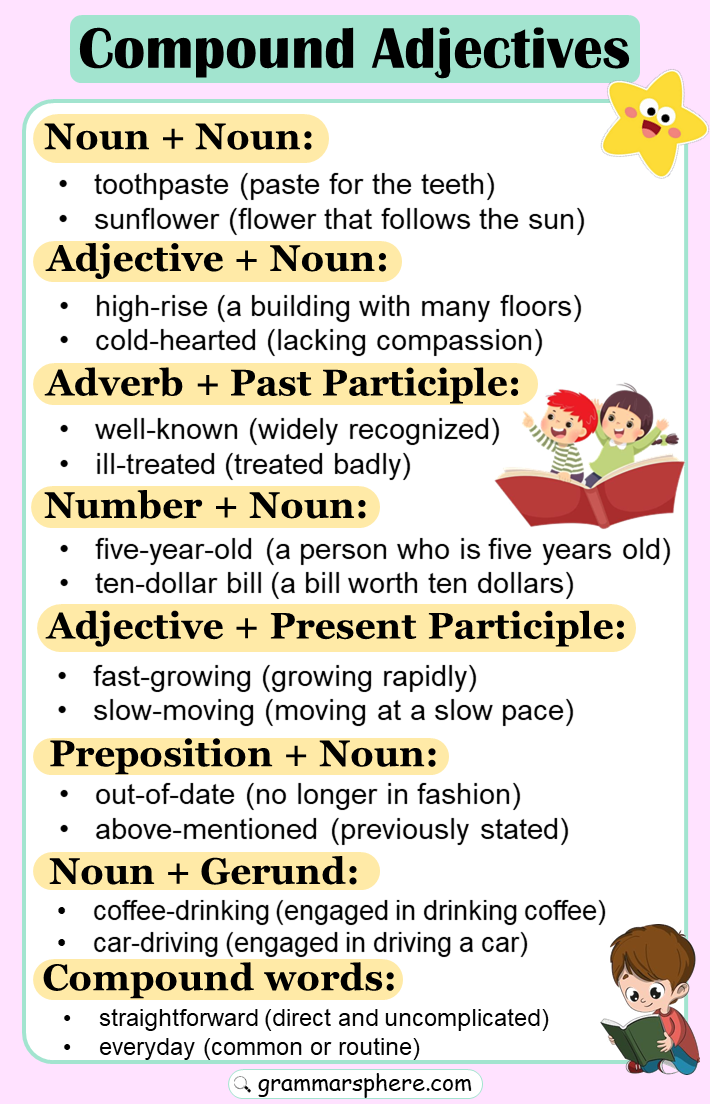
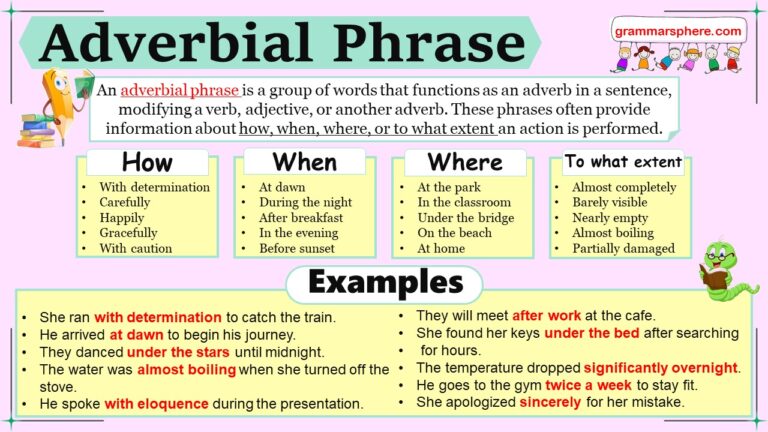
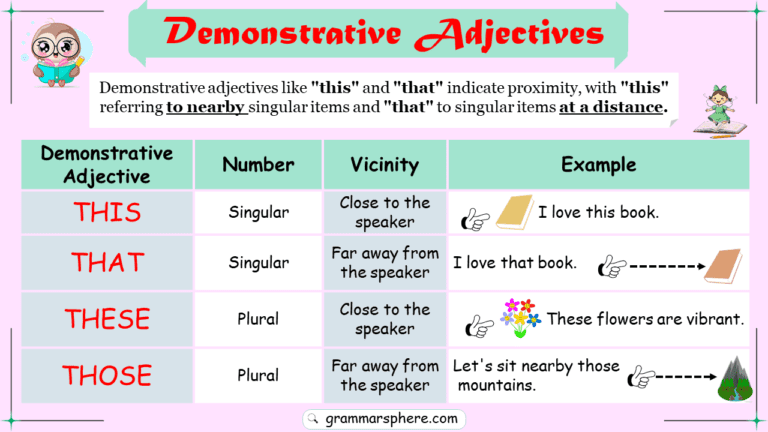
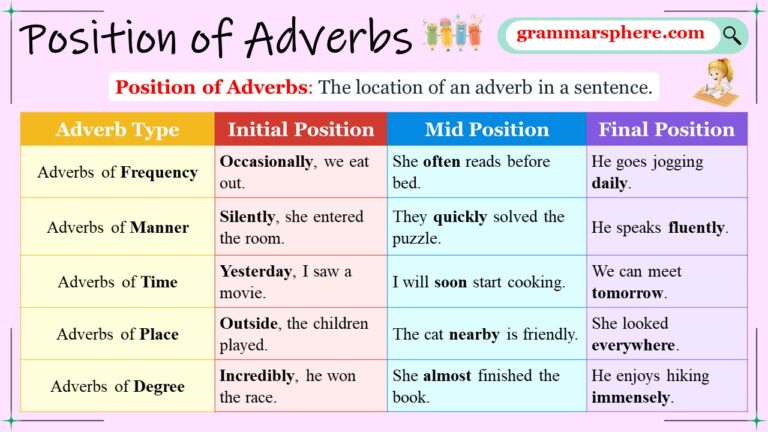
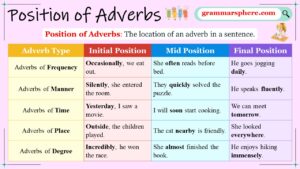
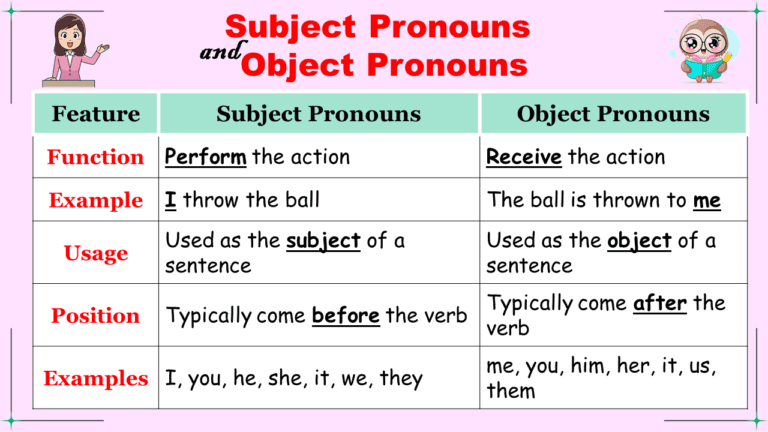
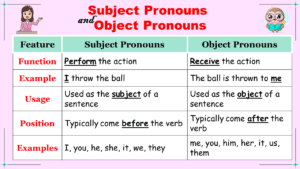

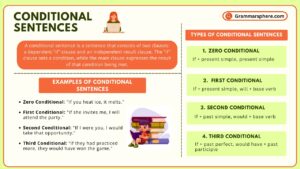
Leave a Comment